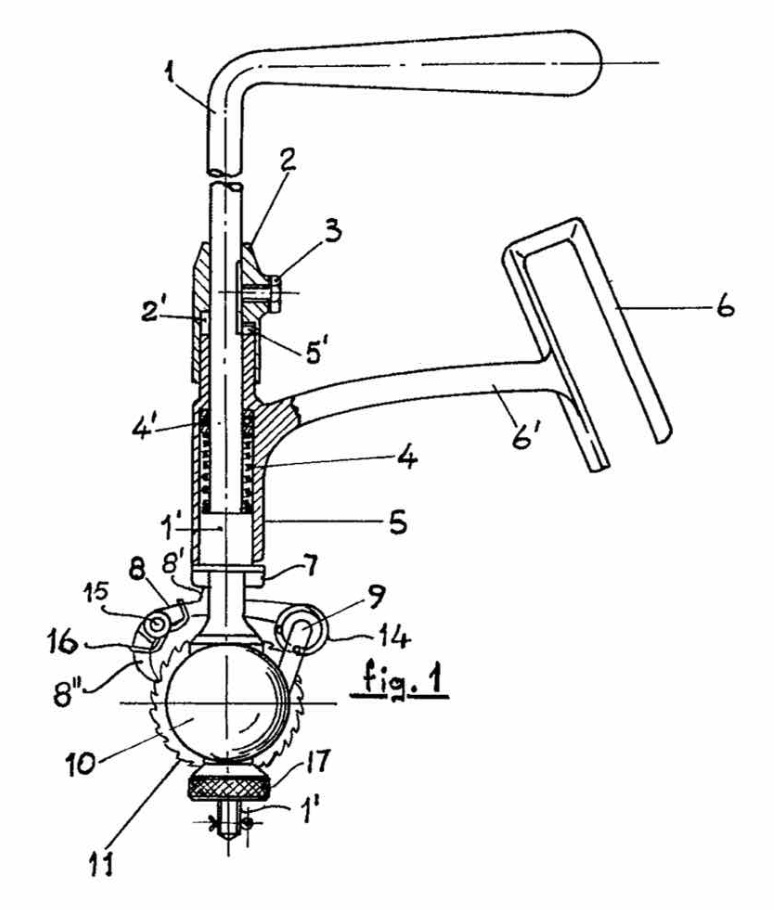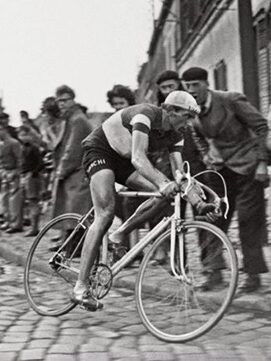All the gear, innovative ideas
In the 1880s bikes had a directly pedalled front wheel. Pedalling was easy but progress slow. The only way to step up the gearing was to make those wheels bigger and bigger – hence the ‘Penny Farthings’. But riders’ inside leg length put a limit on this. Some early ideas about epicyclic hub gears were kicked about – then Starley’s chain driven rear wheel bike opened up a whole new world of possibilities – including ‘de-railing’ the chain over a choice of different rear cogs. But….
” Isn’t it better to triumph by the strength of your muscles rather than by the artifice of a derailleur? We are getting soft. Give me a fixed gear”. Henri Desgrange, 1903
Desgrange may have been a purist but all the same at the 1913 edition of the Tour de France, Argentinian 2x winner Lucien ‘Petit-Breton’ Mazan turned up equipped with the 3-speed Sturmey Archer rear hub gear introduced in 1909. Petit-Breton crashed out but his advantage was clear.

1919-1936 Desgrange (here watching on) decided to put this wizardry down at birth – he banned variable gears in the Tour. Competitors could have two cogs, one each side of the wheel. That had to be removed and switched round to change gear; dropout slots were long enough to take up chain adjustment between (say) 14T and 21-22T . Wingnuts allowed tool-free wheel removal. Talk about a ponderously slow change.
1925 The limitation was applied to other races too. Frustrated when his frozen fingers were unable to loosen his wingnuts as he raced over the Croce d’Aune, Tullio Campagnolo went home and in ’27 patented a cam-operated quick-release skewer.
We all use these now!
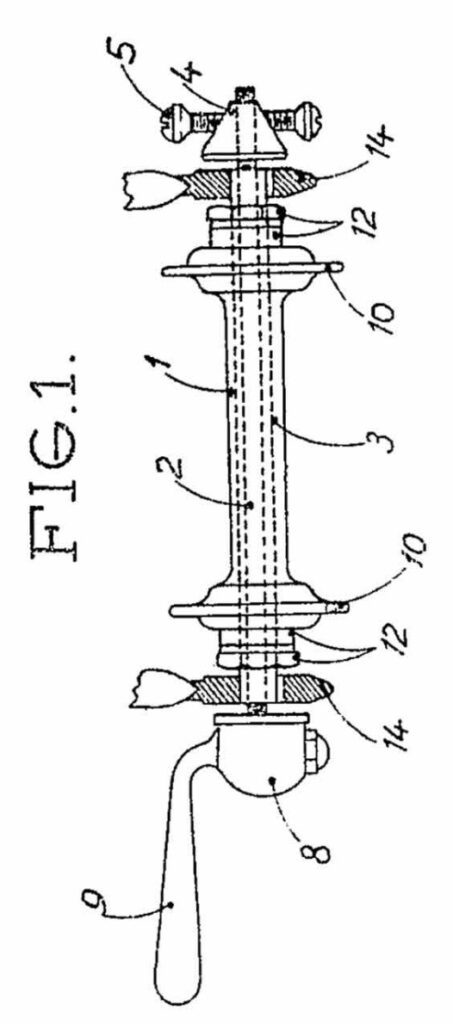

1937 Desgrange relented – but only Super-Champion mech systems were permitted. A cable-operated striker fork pushed the chain across a set of 3 cogs, chain tension was controlled by a separate spring-loaded idler mounted under the bottom bracket. Roger Lapebie won the TdF using this.
1946 Simplex ‘Le Champion du Monde’ offered a better way– the changing fork was replaced by 2 jockey wheels. A chain-pulled telescopic spring shunted the cage across the cogs while rotating it so one pulley took up the chain slack while improving chain-wrap around the cogs. Bye-bye Super-Champion, Simplex ruled the roost.
Now all derailleur mechs have a twin jockey-wheel cage (allbeit the cage now rotates both pulleys)
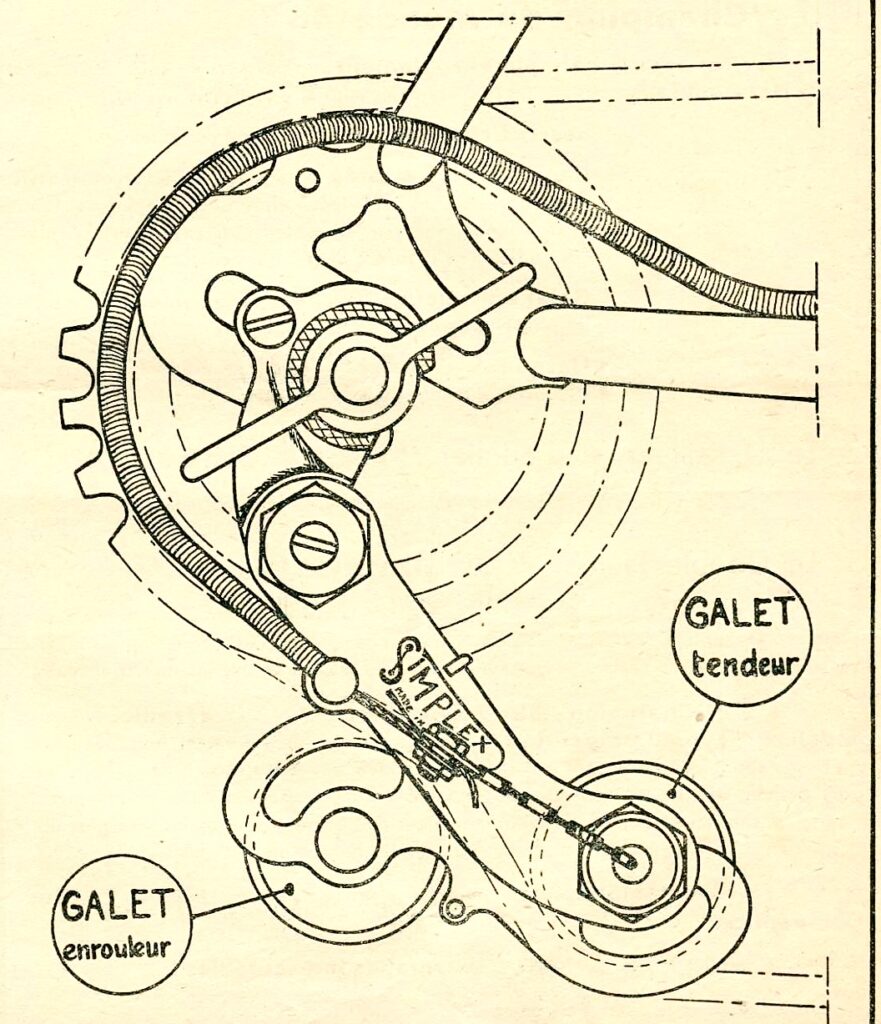
1948 Of course – Tullio Campagnolo had a different idea fitted to Gino Bartali’s bike. He would, wouldn’t he. One chainstay-mounted lever selected the sprocket (while back-pedalling !). But first the rider had to un-clamp the wheel’s QR with another lever. Chain slack was adjusted out by the wheel trundling along under the rider’s weight, finding its own best location. Gino ‘Il Pio’ Bartali mastered the intricacies and won the ’48 TdF
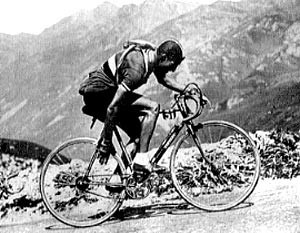
1950 Campagnolo’s ‘Una Leva’ version combined the two levers into one. Ingeneous; beautiful precision engineering. Still an ill-conceived nightmare to use. Unfortunately Fausto Coppi won Paris-Roubaix with this. He didn’t have to change gear once in his famous 45km solo break. 52×15 all the way. These mechs were briefly in demand.
See ’51 Bianchi ‘Paris-Roubaix’ #288640.
Meanwhile Coppi understandably switched back to Simplex. Tullio C was mortified.
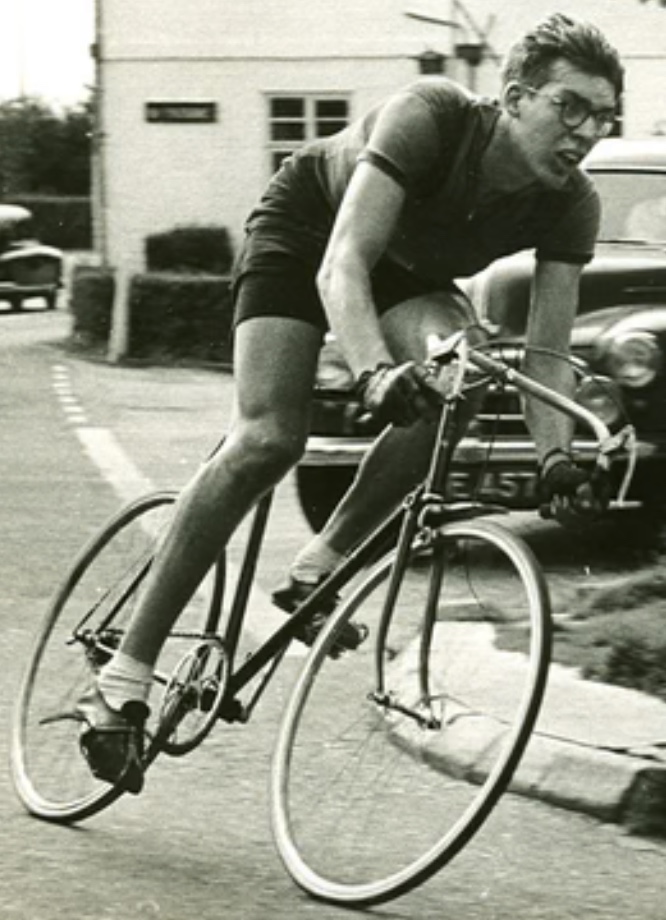
Bike racing on Britain was restricted to time-trialling on flat roads. Single-speed fixed was the order of the day, hub gears were seen as being for town bikes and touring. For years there was no interest in gears on race bikes. But interest in the Continental scene was growing. 1947-56. Raleigh-TI tried to fight back against continental gear systems with their Sturmey-Archer hub gears. Ray Booty (see pic) was hired to set a series of place-place records using a close-ratio 3-speed variant.
The marketing tactic didn’t work. It was a 40 year-old design, . Few racing men adopted this, ‘though Jack Manning set all his longer distance Charlotteville club records using a close ration S-A AC.
1951 Campagnolo realised his idiosyncratic system (By now branded ‘Paris-Roubaix’) was going nowhere. That provoked him into designing a parallelogram-action caged pulley-wheel design. But he had a reputation to protect, he had to invent a real improvement. So both pulleys were rotated. 5-speeds, more precise changing, better chain-wrap, accommodating a wider sprocket range. His Gran Sport mech swept the board. Game over for Simplex. Coppi came back on board and won the 1952 TdF using a Gran Sport. Campagnolo’s era of dominance was underway. See ’56 Carpenter BAR #4921
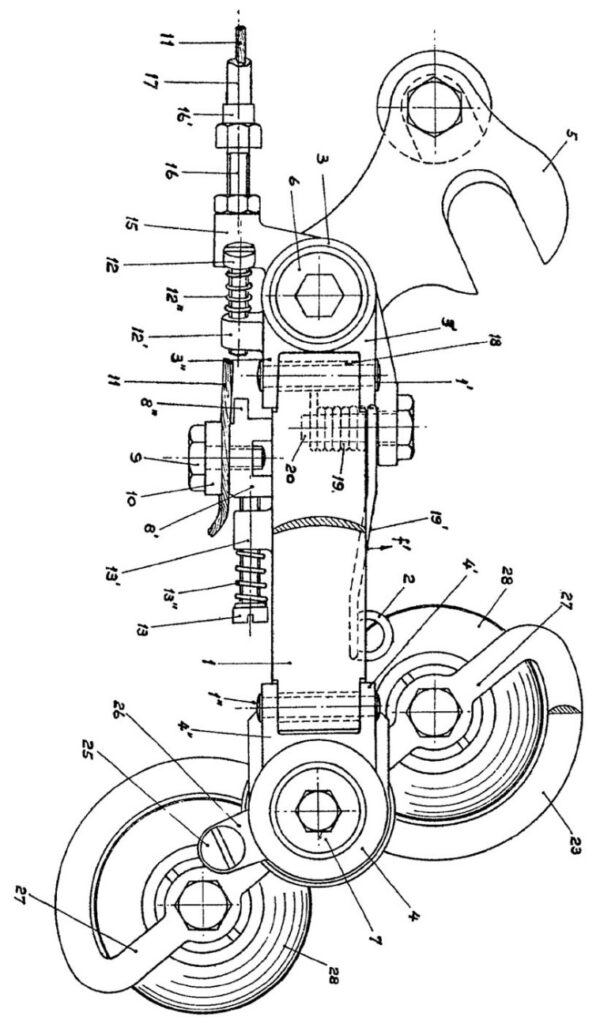
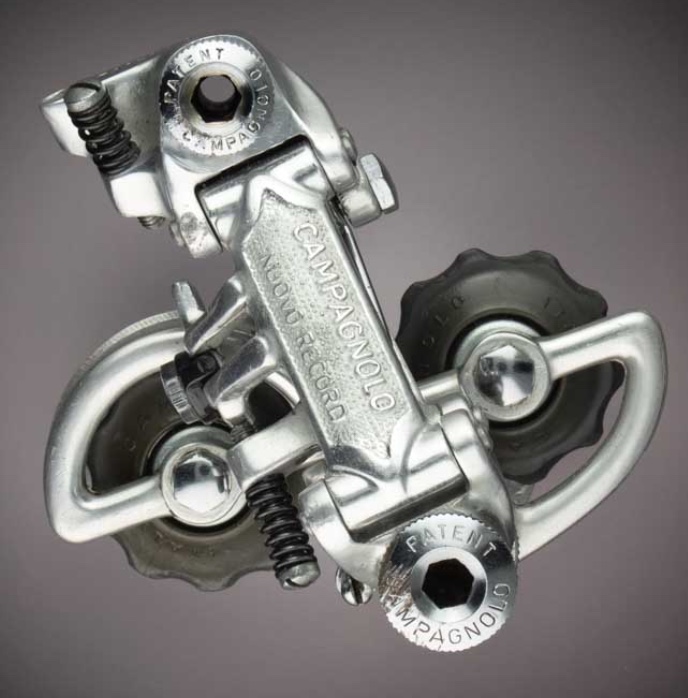
1967 Just as the competitors such as Cyclo-Benelux were catching up with the Gran Sport, Campagnolo introduced the Nuovo Record. The same design concept as the Gran Sport, beautifully engineered, the first mainstream contender to use aluminium alloy. It dominated the racing scene for the next 16 years.


